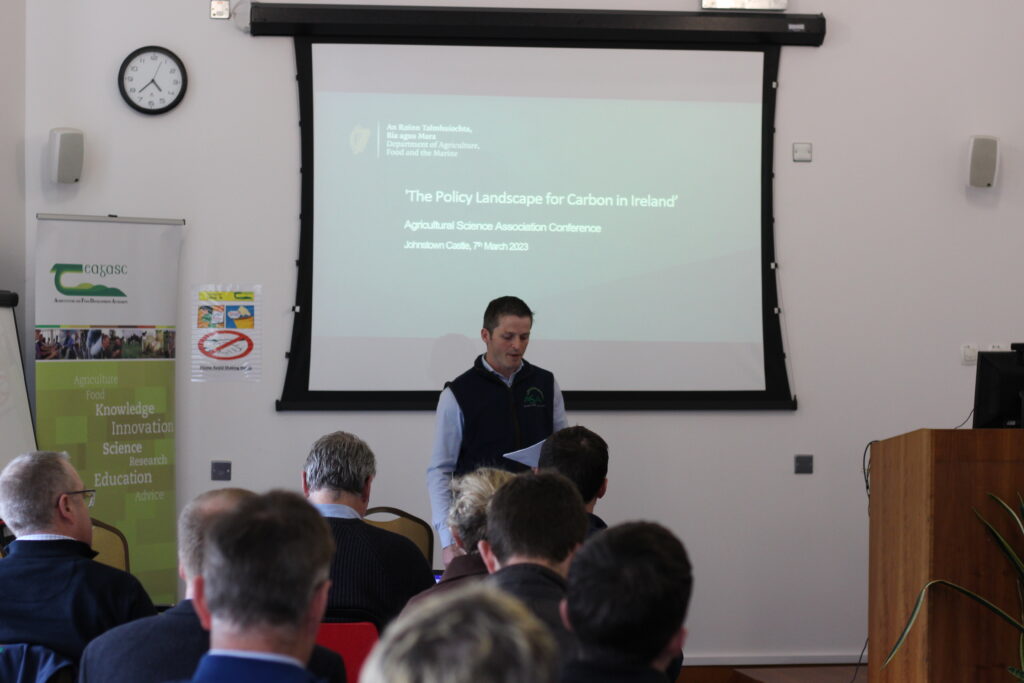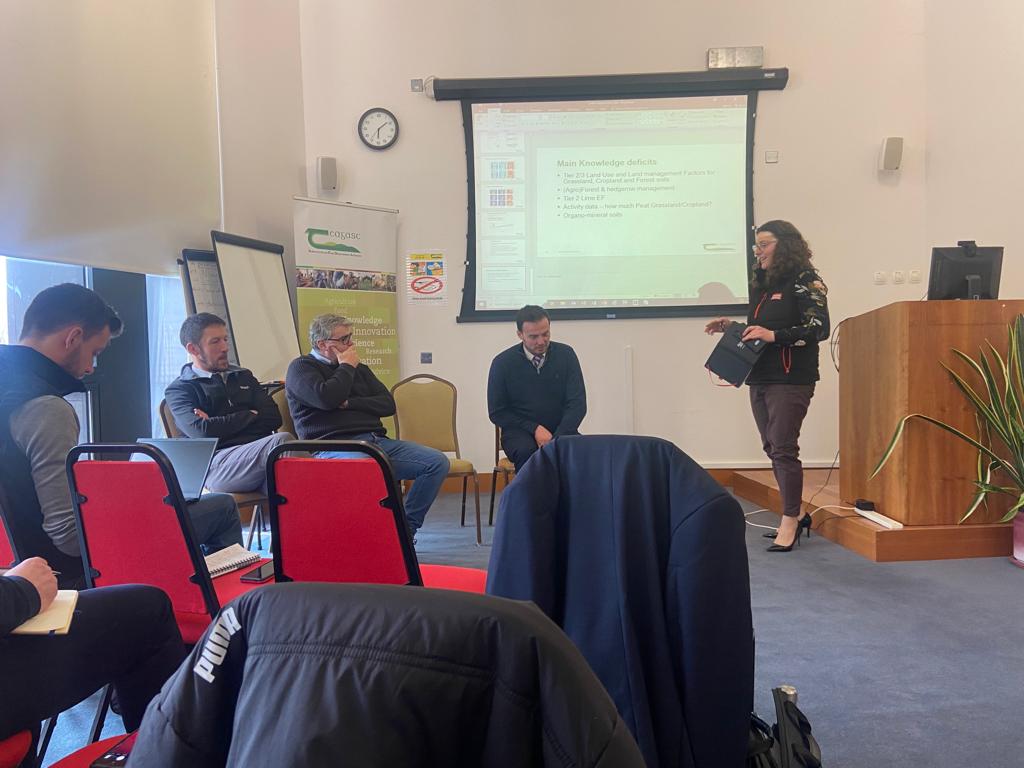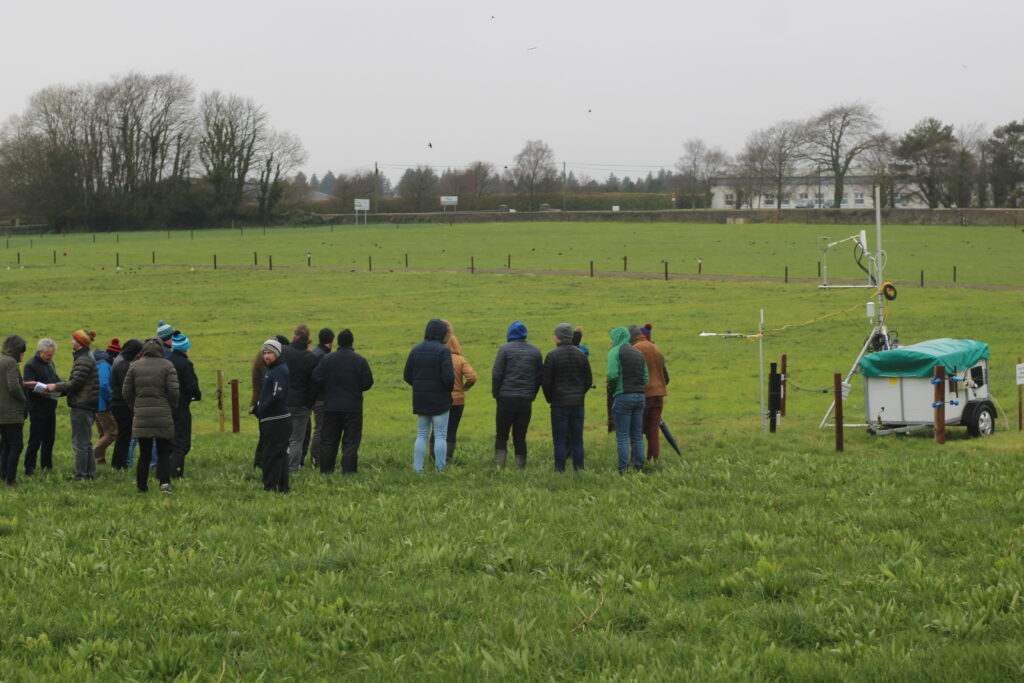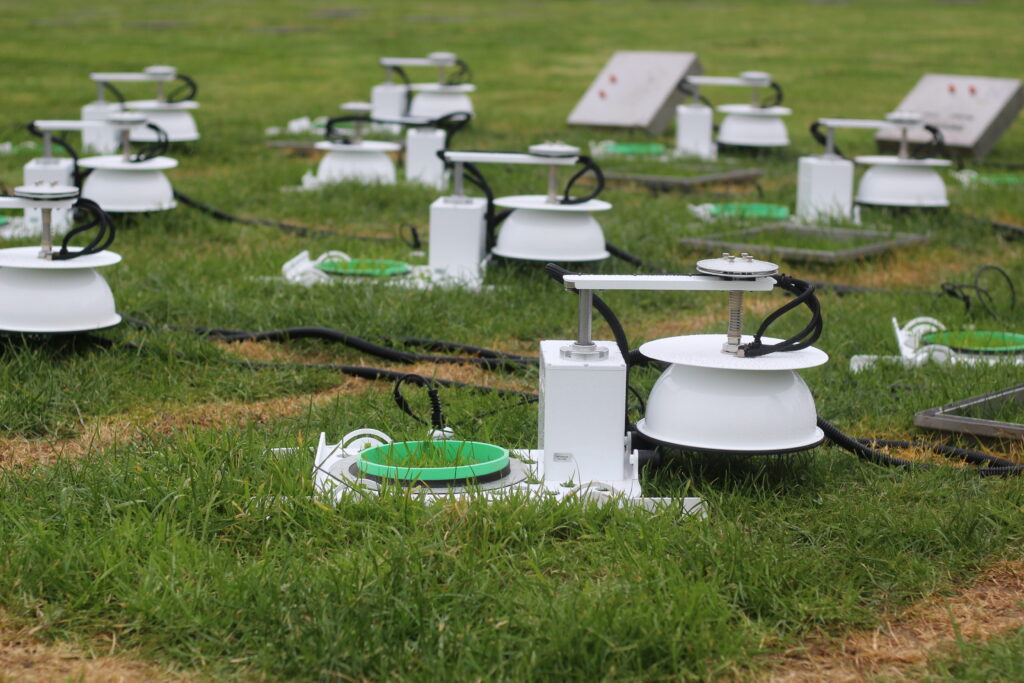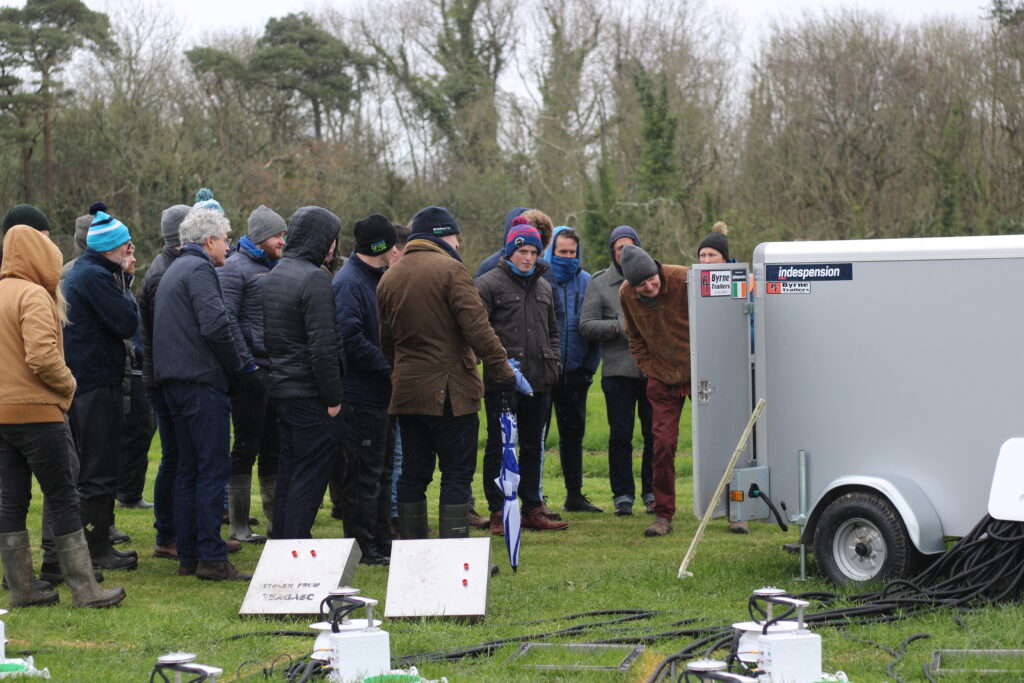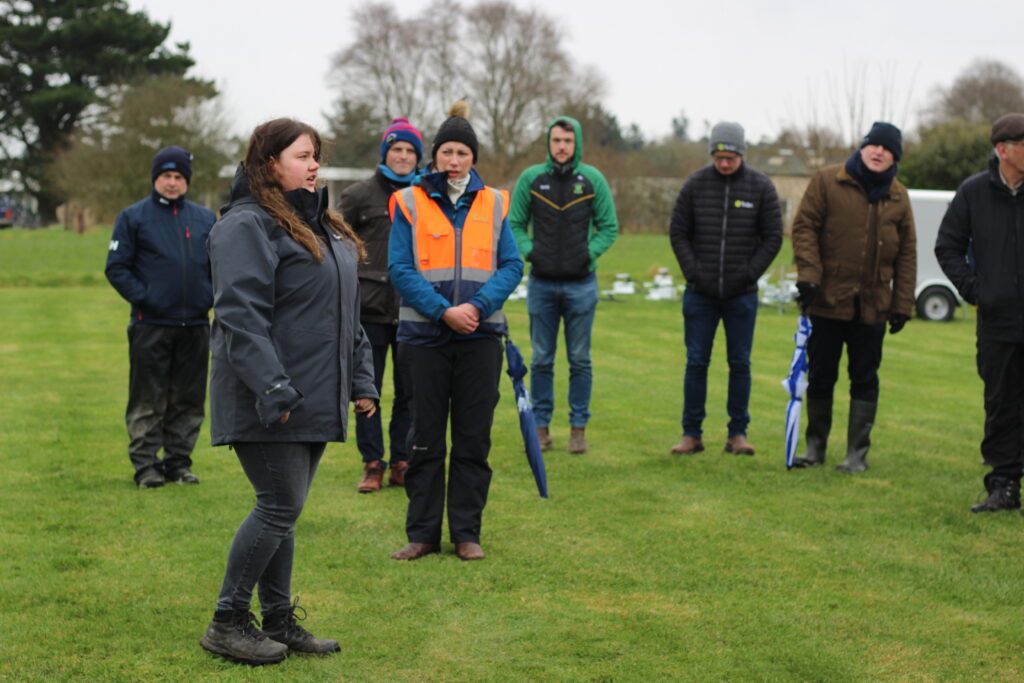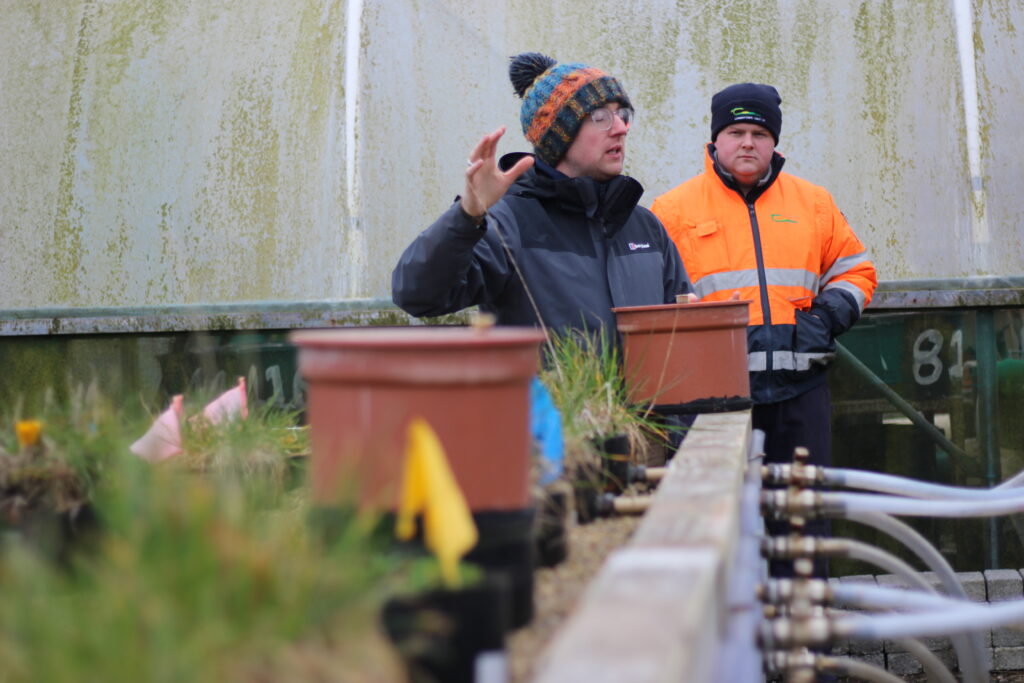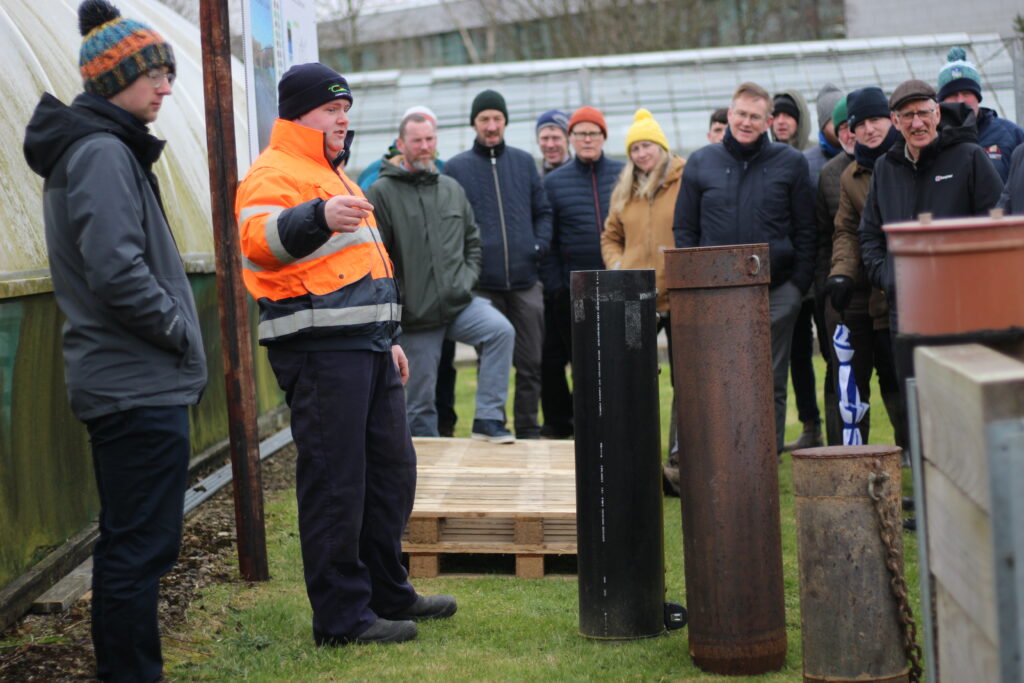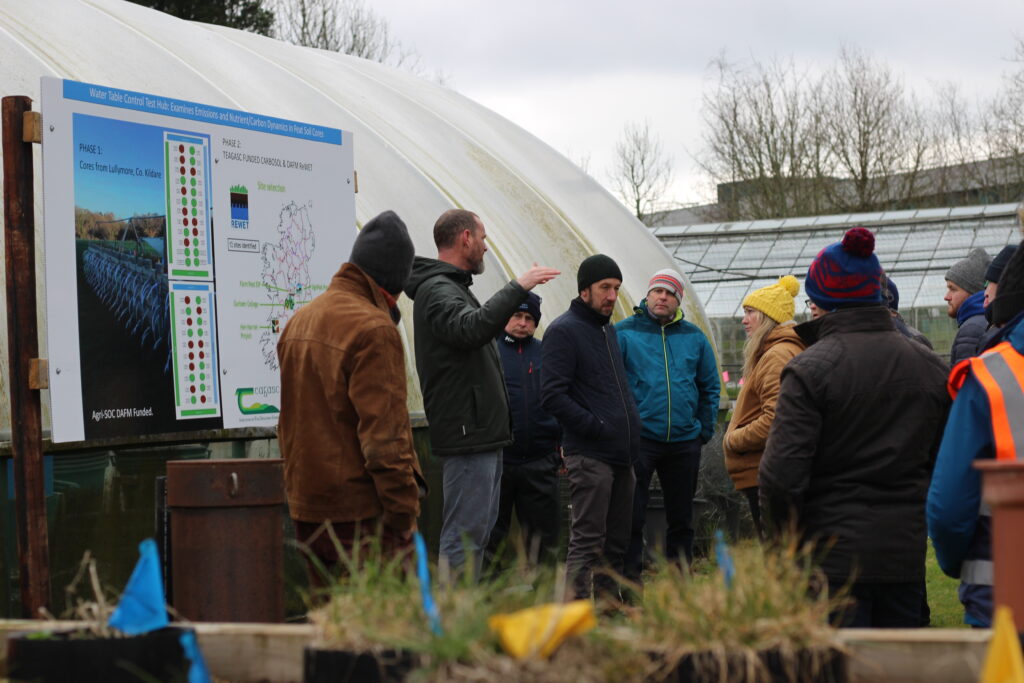Carbon Cycling, Measurement, Accounting and Policy, what it means for Irish farming
Wednesday March 8th saw over 50 delegates attend the ASA Carbon cycling, accounting and policy event in Teagasc Johnstown Castle. ASA president Tommy Boland welcomed the delegates to the event and outlined the timely nature of the event with the current focus on emissions, carbon sequestration and the land use, land use change and forestry sector (LULUCF). Bridget Lynch of Teagasc then welcomed attendees to Teagasc Johnstown Castle and outlined the planned tour of facilities to view some of the extensive range of research activities underway. The three keynote speakers were Philip Blackwell of DAFM, Bernard Hyde of the EPA and Gary Lanigan from Teagasc. They covered policy, accounting and research respectively, with many consistent themes, including the need to reduce emissions from the LULUCF sector, the fact that Irelands drained peatlands are an important carbon source in Ireland, and our forestry stock is due to shift from a net carbon sink to a carbon source in the coming years due to the maturing age of our forestry stock. Philip also outlined the significant range of policy measures aimed at addressing the challenge, while Bernard highlighted the need for granular data, which is currently being collected to allow Ireland to more accurately account for its carbon emissions and removals. Gary Lanigan then proceeding to give an overview of the research underway in Teagasc Johnstown Castle and highlighted the long term nature of research and how slow the process of increasing soil carbon levels can be. A panel discussion chaired by Siobhan Walsh of the Irish Farmers Journal followed with a wide range of questions from a very engaged audience. Issues around food production, carbon trading and future direction were all discussed.
After lunch the delegates visited some of the field sites to view the ongoing research. A range of experts discussed the ongoing research relating to water table management, measuring emissions from soils under a range of management practices, the soil carbon observatory programme and multi species swards. The value of the event and work ongoing was demonstrated by the fact that despite the very cold and wet conditions, questions flowed for the outdoor session and there was much discussion of future challenges and importantly solutions.
On behalf of the Agricultural Science Association we would like to thank all speakers and attendees with a special work of thanks to Bridget Lynch and her colleagues in Teagasc Johnstown Castle.
Philip Blackwells slides - HERE

